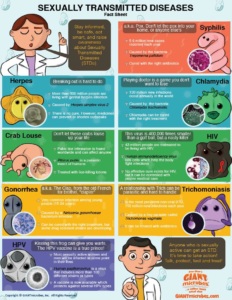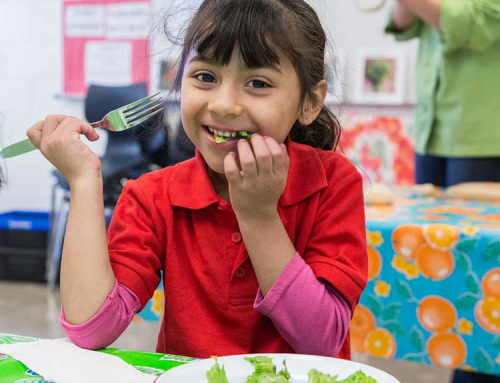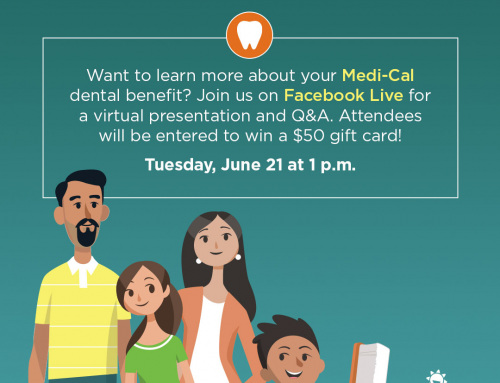 Talking to your child about sex can be uncomfortable for both you and your child. However, it is never too early or late to start talking to your child. Research has found that children are less likely to engage in risky sexual behavior when they regularly talk with their parents about sex and relationships. Talking to your child about sex allows you the opportunity to teach them your values. If your children are not learning the information from you, they may be getting misinformed by their peers, the internet, or media.
Talking to your child about sex can be uncomfortable for both you and your child. However, it is never too early or late to start talking to your child. Research has found that children are less likely to engage in risky sexual behavior when they regularly talk with their parents about sex and relationships. Talking to your child about sex allows you the opportunity to teach them your values. If your children are not learning the information from you, they may be getting misinformed by their peers, the internet, or media.
The key is to use age appropriate language. For a younger child, you can start with teaching them the anatomical name of their body parts, like penis and vagina, as soon as they start talking. By age 10, you can explain to them the real way babies are made. Early on you are showing your child that it is encouraged to talk to you about sex. If your child is already in middle school or high school, don’t panic that you have not had “the talk” with them yet. Try to give your teen small doses of information, instead of bombarding them with everything at once. This way you both can slowly become more comfortable with the topic. The most important thing is to let your child know they can ask you questions without fear of judgement.
Be clear about talking to your teen about sex and sexually transmitted diseases (STDs), also known as sexually transmitted infections (STIs). Teens often don’t understand that you can contract an STD from oral, vaginal or anal sex. So, talk to them in a concrete manner: ‘Are you orally sexually active? If so, you should still be using condoms’. Abstinence is the only guaranteed way to avoid STDs. However, just over half of teens report having had sex by age 17 (plannedparenthood.org). Urge your child to use a condom if he or she is sexually active because condoms are the only birth control that works to prevent STDs.
There are many forms of STDs. Chlamydia, gonorrhea, HIV and trichomoniasis are transmitted through fluids. According to the CDC, latex condoms are highly effective in preventing fluid-based STDs when used correctly and consistently. Syphilis and genital herpes are transmitted via skin-to-skin contact. Condoms only provide protection if the infected area is covered. HPV (human papillomavirus) can be contracted through fluids or skin-to-skin contact. There are hundreds of strains that are linked to cancer and warts. It is important to note that half of individuals with an STD don’t know they have it because they don’t have any symptoms.
STD rates have been steadily increasing throughout the United States. California and Inyo County are not an exception. In 2017, California Department of Public Health reported 141,234 cases of chlamydia and gonorrhea in individuals between the ages of 15 to 24 years old. In Inyo County, from 2014 to 2018, the number of reported STD cases has doubled in individuals under 18 years old (9 cases to 18 cases). Treatment is relatively simple, but detection is imperative. It is important to teach your child to use condoms and get tested regularly, even if they don’t have any signs of an infection. Testing is usually free or of low cost. Contact your primary care provider or visit Inyo County HHS, Public Health Office during walk-in clinic hours at 207 A South Street, Bishop.
For more information on how to talk to your child about sex, visit:
https://www.plannedparenthood.org/learn/parents
https://www.cdph.ca.gov/Programs/CID/DCDC/CDPH%20Document%20Library/CT-GC-Youth-2017Snapshot.pdf






